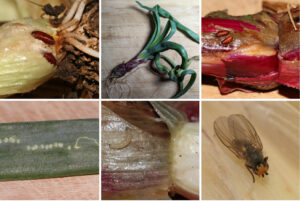
Growers: Start Scouting in February for the Allium Leafminer
Last spring some growers in the North Carolina piedmont noticed unusual problems with their allium crops, primarily bulb onions, …



El inglés es el idioma de control de esta página. En la medida en que haya algún conflicto entre la traducción al inglés y la traducción, el inglés prevalece.
Al hacer clic en el enlace de traducción se activa un servicio de traducción gratuito para convertir la página al español. Al igual que con cualquier traducción por Internet, la conversión no es sensible al contexto y puede que no traduzca el texto en su significado original. NC State Extension no garantiza la exactitud del texto traducido. Por favor, tenga en cuenta que algunas aplicaciones y/o servicios pueden no funcionar como se espera cuando se traducen.
Inglês é o idioma de controle desta página. Na medida que haja algum conflito entre o texto original em Inglês e a tradução, o Inglês prevalece.
Ao clicar no link de tradução, um serviço gratuito de tradução será ativado para converter a página para o Português. Como em qualquer tradução pela internet, a conversão não é sensivel ao contexto e pode não ocorrer a tradução para o significado orginal. O serviço de Extensão da Carolina do Norte (NC State Extension) não garante a exatidão do texto traduzido. Por favor, observe que algumas funções ou serviços podem não funcionar como esperado após a tradução.
English is the controlling language of this page. To the extent there is any conflict between the English text and the translation, English controls.
Clicking on the translation link activates a free translation service to convert the page to Spanish. As with any Internet translation, the conversion is not context-sensitive and may not translate the text to its original meaning. NC State Extension does not guarantee the accuracy of the translated text. Please note that some applications and/or services may not function as expected when translated.
Collapse ▲
Last spring some growers in the North Carolina piedmont noticed unusual problems with their allium crops, primarily bulb onions, …
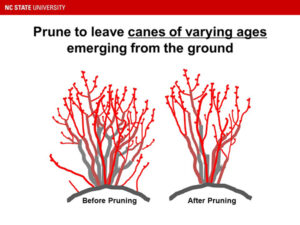
Blueberries are a popular crop for commercial farmers as well as home gardeners in North Carolina. They are fairly …
New Pesticide Applicator Certification and Training rules were enacted at the end of 2024. One that will catch many …

The U.S. Environmental Protection Agency shared the following news release Friday, October 11, 2024, introducing a toolbox of strategies …
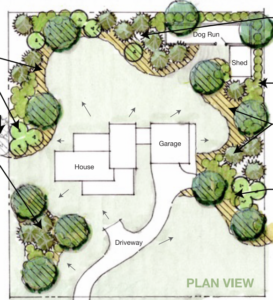
Watauga Cooperative Extension will once again offer a Fall Professional Landscape Day to be held this year Nov. 6th, 2025 …
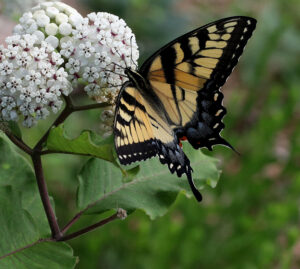
In late 2008, I planted a demonstration pollinator garden at Chatham Mills to provide forage from early spring to late fall for …
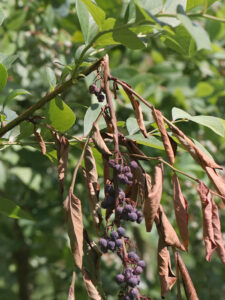
It seems we are finally on the other side of the “cicada invasion” which of course was not an …
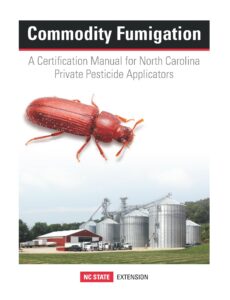
The North Carolina Department of Agriculture and Consumer Services (NCDA&CS) has created a new category for Private Applicator Commodity Fumigation …
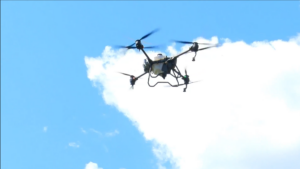
Interest in the use of unmanned aerial vehicles (UAVs), or drones as they are more commonly known, for pesticide …
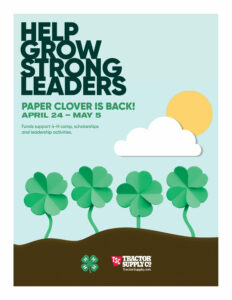
Tractor Supply Paper Clover Spring 2024 April 24th-May 5th, 2024 Come support your local 4-H program and shop at Tractor Supply! Our …
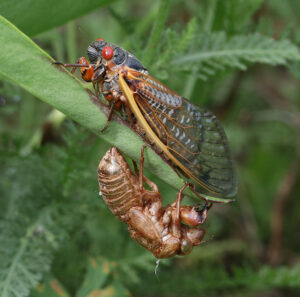
In case you haven’t heard, 2024 marks the emergence of the 13-year periodical cicadas (Magicicada spp.). The 13-year cicadas are known as Brood …

Every year, from mid-March through mid-April, I get calls from folks worried about all the bees hovering over their …
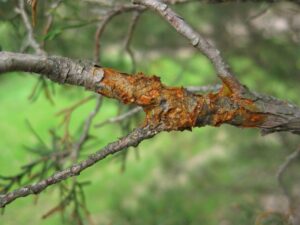
I received an alert that rust is showing up on ornamental trees so scouting now will be important. Species …
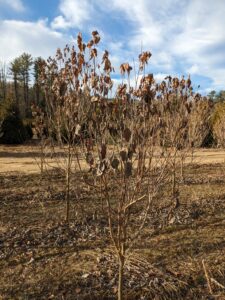
Since October of 2023, I have had multiple reports of dieback issues occurring in (C. florida) varieties. I sent …

To get a pesticide license there are a few steps to take, but it’s all pretty straightforward. Below is …

The Watauga office of North Carolina Cooperative Extension and Blue Ridge Women in Agriculture (BRWIA) are collaborating to present …
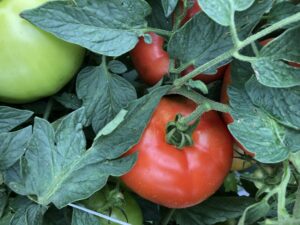
This is the largest commercial vegetable grower event in the region with a high quality educational program put together …
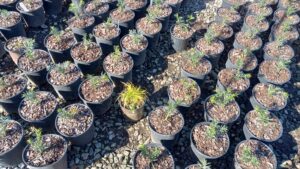
It may be somewhat slower for nursery production in the winter months, but rest assured that cool season weeds …

Click on the flowchart below to help you determine if you need a pesticide license or certificate. Also, there are …
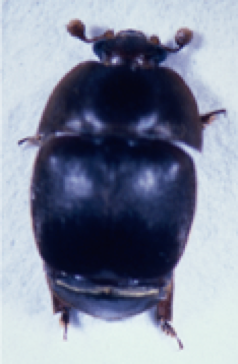
This factsheet describes the small hive beetle, its life cycle and how to prevent infestations …

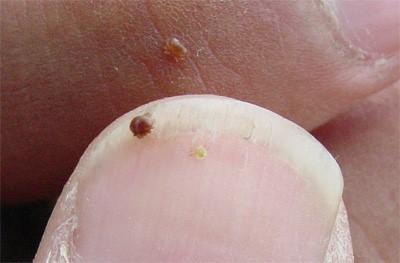
It is the goal of every beekeeper to maintain healthy, productive colonies. This can only …

This manual prepares pesticide applicators for Forest Pest Control Certification exams in the following states: …
To apply restricted-use pesticides to agricultural commodities, you must be certified or be supervised by …

This factsheet offers information on the biology and management of the emerald ash borer, an …

Black root rot impacts a range of woody and herbaceous ornamental plant species primarily in …
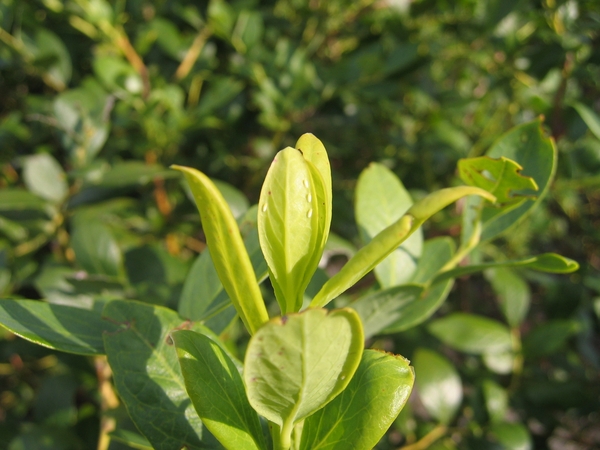
Whiteflies (Hemiptera: Aleyrodidae) are small (< 0.12 inch) and highly diverse insects that feed on …